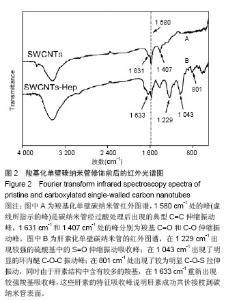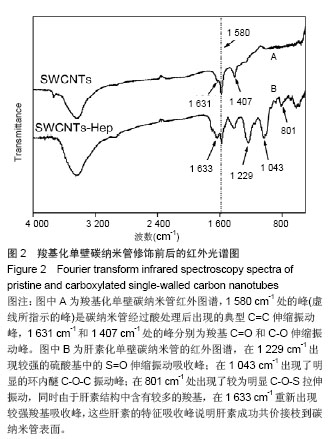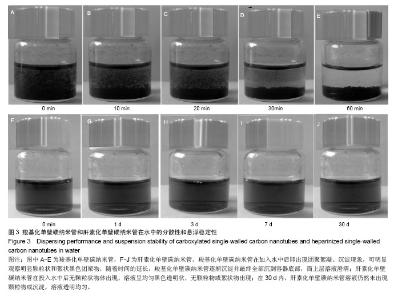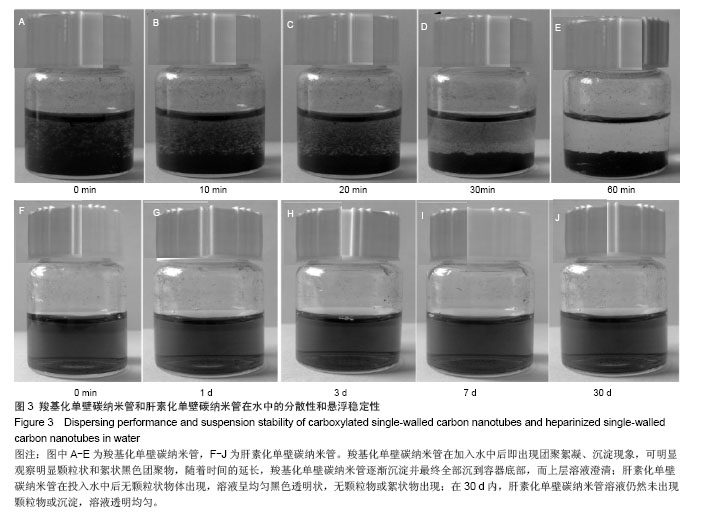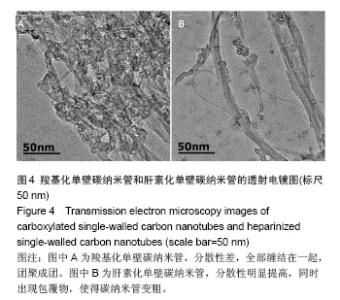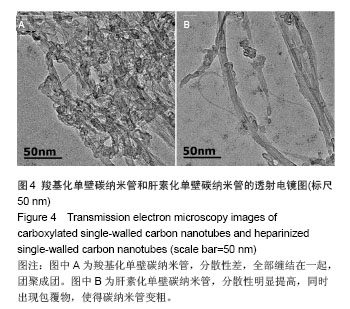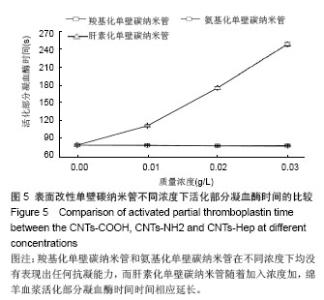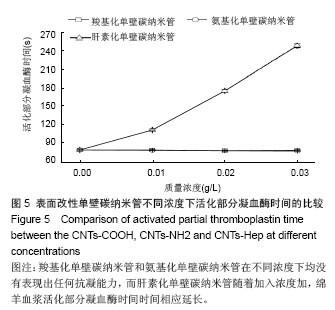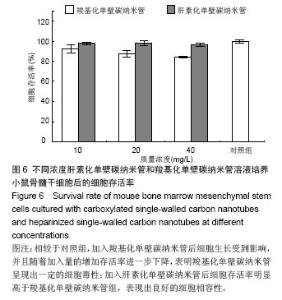| [1]Lijima S.Helical microtubules of graphitc carbon.Nature. 1991; 354:56-58.
[2]Koltover I,Salditt T,Radler JO,et al.An inverted hexagonal phase of cationic liposome-DNA complexes related to DNA release and delivery.Science.1998; 281(5373):78-81.
[3]Potineni A,Lynn DM,Langer R,et al. Poly(ethylene oxide)-modified poly(beta-amino ester) nanoparticles as a pH-sensitive biodegradable system for paclitaxel delivery. J Control Release.2003;86(2-3):223-234.
[4]Cui DX.Advances and prospects on biomolecules functionalized CNTs.Nanosci Nanotechnol.2007;7(4-5):1298-1314.
[5]Cui DX,Tian FR,Coyer SR,et al.Effects of antisense-Myc Conjugated single walled carbon nanotubes on HL-60 cells.J Nanosci Nanotechnol.2007;7(4-5):1639-1646.
[6]Park TJ,Lee SH,Simmons TJ,et al.Heparin- cellulose-charcoal composites for drug detoxification prepared using room tempera- ture ionic liquids.Chem Commun.2008; 40(40):5022-5024.
[7]Kim KH,Jo WH.Polythiophene-graft-PMMA as a dispersing agent for multiwalled carbon nanotubes in organic solvent. Macromol Res.2008;16(8):749-752.
[8]Chen P,Kim HS,Jin HJ.Preparation, properties and application of polyamide/carbon nanotube nanocomposites.Macromol Res. 2009;17(4):207-217.
[9]Park TJ,Kim YS,Hwang T,et al.Preparation and characterization of heparinized multi-walled carbon nanotubes. Process Biochem.2012;47(1):113-118.
[10]Park TJ,Lee MY,Dordick JS,et al.Signal amplification of target protein on heparin glycan microarray.Anal Biochem. 2008; 383(1):116-121.
[11]Park TJ,Govindaiah P,Hwang T,et al.Biocompatible charcoal composites prepared by ionic liquids for drug detoxification.Macromol Res.2011;19(7):734-738.
[12]Capila I,Linhardt RJ.Heparin protein interactions.Angew Chem Int Ed.2002; 41(3):390-412.
[13]Chen Y,Maguire T,Hileman RE,et al.Dengue virus infectivity depends on envelope protein binding to target cell heparin sulfate.Nat Med.1997;3(8):866-871.
[14]Murugesan S,Mousa S,Vijayaraghavan A,et al.Ionic liquid-derived blood-compatible composite membranes for kidney dialysis.J Biomed Mater Res B Appl Biomater.2006; 79(2):298-304.
[15]Park TJ,Jung YJ,Choi SW,et al.Native chitosan/cellulose composite fibers from an ionic liquid via electrospinning. Macromol Res.2011;19(3):213-215.
[16]Miho KF,Jie N,Jamie P,et al.Heparin promotes the growth of human embryonic stem cells in a defined serum-free medium.Proc Natl Acad Sci U S A.2008; 105(36):13409- 13414. |
